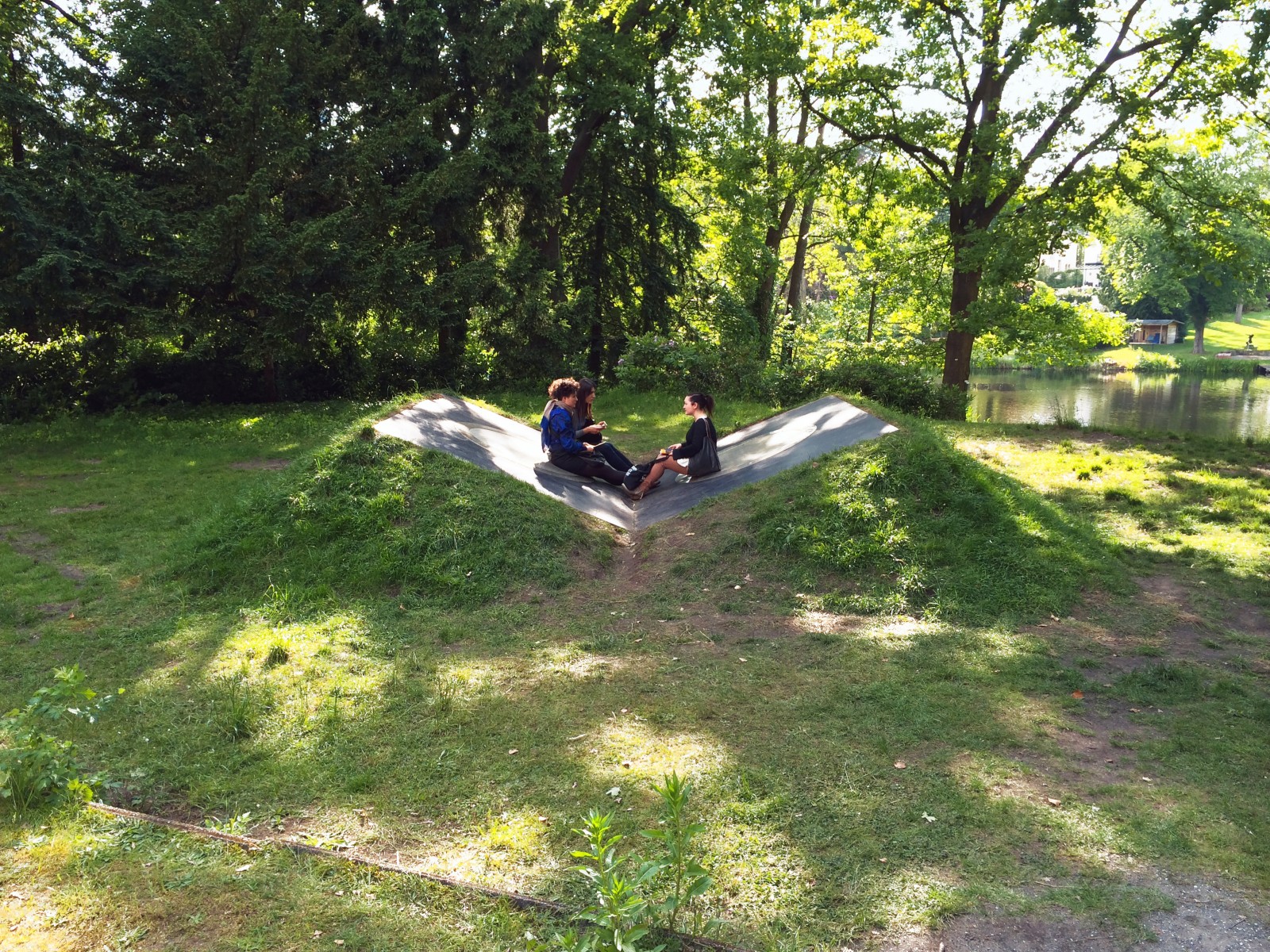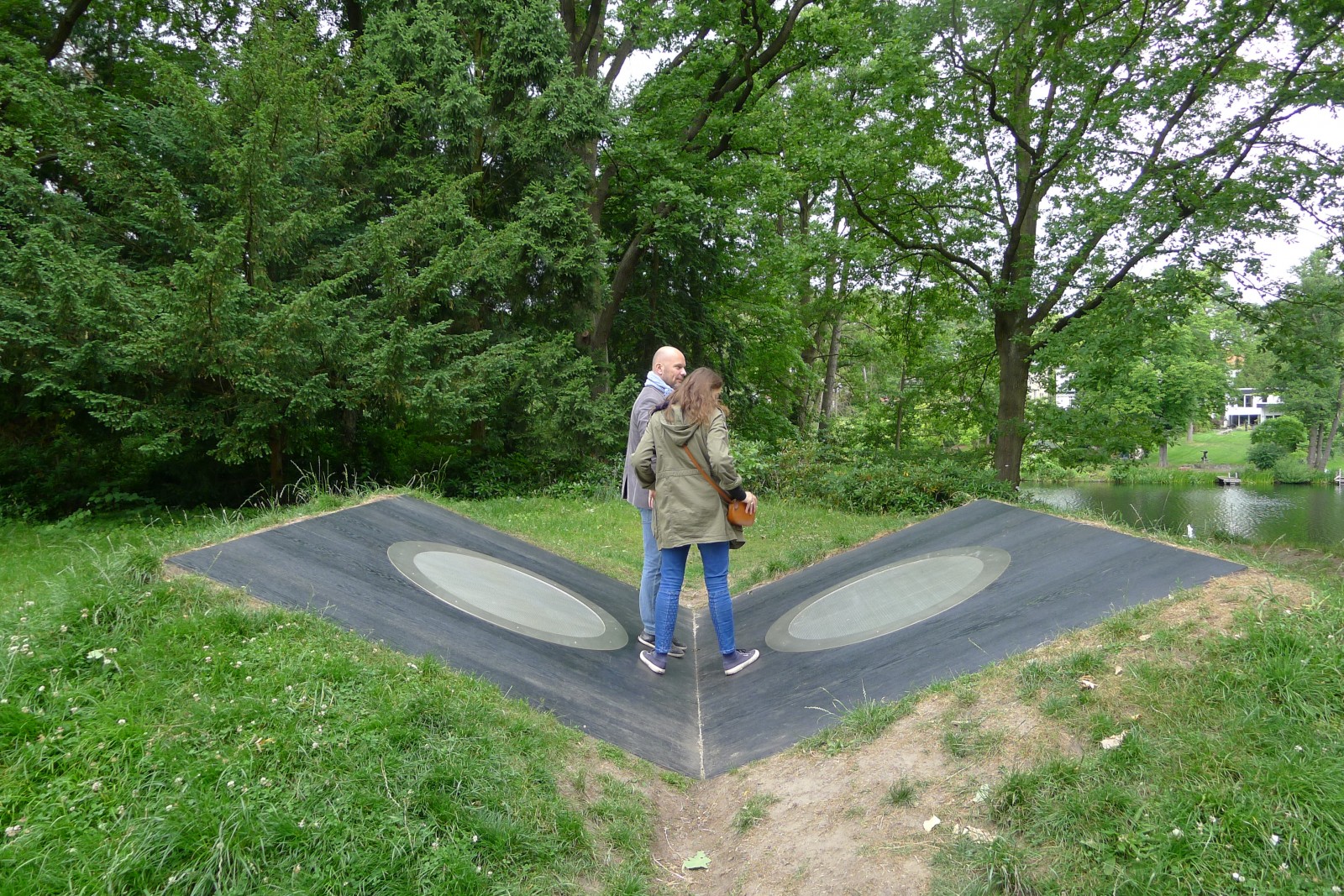
Amidst the ‘catastrophic success’ that was the Turkish language revolution or Dil Devrimi, the Turkish translation of the call to prayer, or ezan, traditionally in Arabic was perhaps the most controversial of all. Enforced from 1932 to 1950, and the only significant reform to be reversed, the Turkish call to prayer was yet another attempt to define Turkish identity apart from Islam but perhaps also within it. For starters, translating Allah to Tanrı, problematizes the very central tenet of the faith–the unicity of God (tawhid)–through a pre-Islamic, shamanist term.
Restoring the velar nasal ŋ via a computer-generated voice recording (with a dollop of vocaloid), Ezan Çılgıŋŋŋŋŋları highlights the push and pull of the Western impulse and Eastern Turkic language reforms at the heart of the founding of the Republic of Turkey. The turkish ezan was more consonant heavy, especially compared to the open-voweled Arabic adhan. Through an entirely synethtetic re-recording of the Turkish ezan with a phonetic emphasis on the ŋ– found in Uighur– Ezan Çılgıŋŋŋŋŋları pushes eoffers to open up the mouth, through its unlikely ally, the nose.
Ezan Çılgıŋŋŋŋŋları consists of two outsized speakers set up in the form of a rahlé (or stand for holy books) onto which visitors were invited to sit, lie down, relax and reflect.

